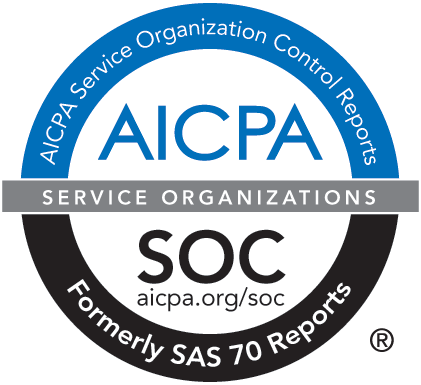Q2 2025 Market & Economic Update
August 4, 2025 - Here are five key takeaways from our second-quarter market update:
- CAPITAL MARKETS: HighGround's Capstone Fund posted positive, above benchmark returns for the quarter.
- Despite unpredictable U.S. trade policies, divergent monetary policies, slowing global growth and heightened geopolitical tensions, global capital markets delivered positive returns for the quarter.
- The U.S. dollar, as measured by the ICE U.S. Dollar Index, posted its steepest first-half of the year decline in over 50 years, falling 7.0% in Q2 and 10.7% year-to-date supporting international equity returns. The decline was driven by ongoing trade policy turbulence, rising national debt and diminished interest rate differentials with European bonds. For the quarter, the dollar fell 8.7% against the euro, 6.2% against the British pound and 3.5% against the yen.
- Global equities (MSCI ACWI), despite a tumultuous period, ended the quarter with a gain of 11.5%, bringing the year-to-date return to 10.1% as all regions contributed positively. In a sharp reversal from the first quarter, the technology sector (+23.3%) was the top performer and largest contributor to returns, driven by a strong rebound in AI-related stocks.
- U.S. equity markets (Russell 3000®) experienced a volatile quarter, plunging -10.9% from March 31st to April 8th following the Administration’s announcement of a “Liberation Day” of sweeping tariffs targeting all trading partners. However, after tariff implementation was paused for 90 days, the market rebounded quickly, surging more than 23.0% and reaching new all-time highs by the end of June. The quarter ended with a gain of 11.0%, bringing the first-half return to 5.8%.
- U.S. ECONOMIC GROWTH: The U.S. economy remained resilient in the second quarter despite ongoing fiscal and trade policy uncertainty. However, signs of softness emerged as consumer confidence declined, retail sales were mixed and the housing market continued to show weakness. Manufacturing activity remained subdued amid uneven demand and ongoing trade concerns, while growth in the service sector persisted but at a slower rate.
- U.S. INFLATION: Inflation remains above the Federal Reserve’s target level. Headline U.S. inflation, as measured by the Consumer Price Index (CPI), rose 2.7% year-over-year, driven by June’s higher energy prices. Core CPI, which excludes food and energy, increased 2.9% for the 12 months ending in June. Shelter costs, the largest component of CPI, continued to ease, with an annualized growth rate of 3.8% in June, down from 5.2% a year ago.
- U.S. LABOR MARKET: The U.S. labor market remained resilient, with the unemployment rate at 4.1% at the end of the quarter. However, decreased hiring points to slower economic activity levels.
- GLOBAL ECONOMIC GROWTH: Global economic activity showed mixed trends during the period. Trade uncertainty weighed heavily on several Asian economies, notably South Korea and Taiwan, while manufacturing activity strengthened in China and India. In Europe, both manufacturing and services sectors experienced moderate improvement over the quarter. However, the World Bank downgraded its global growth forecast for 2025 to 2.3% from 2.7%, citing a combination of rising trade barriers, increased financial market volatility, elevated policy uncertainty, and declining business and consumer confidence.
If you have any investment questions, call our expert team today at 214.978.3300 or email info@highgroundadvisors.org.



